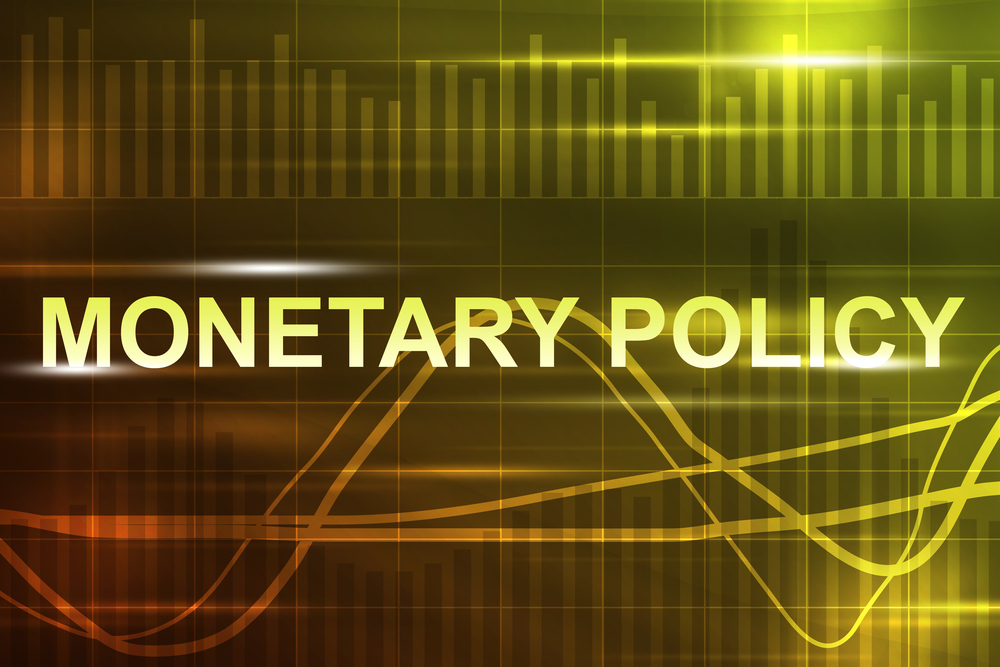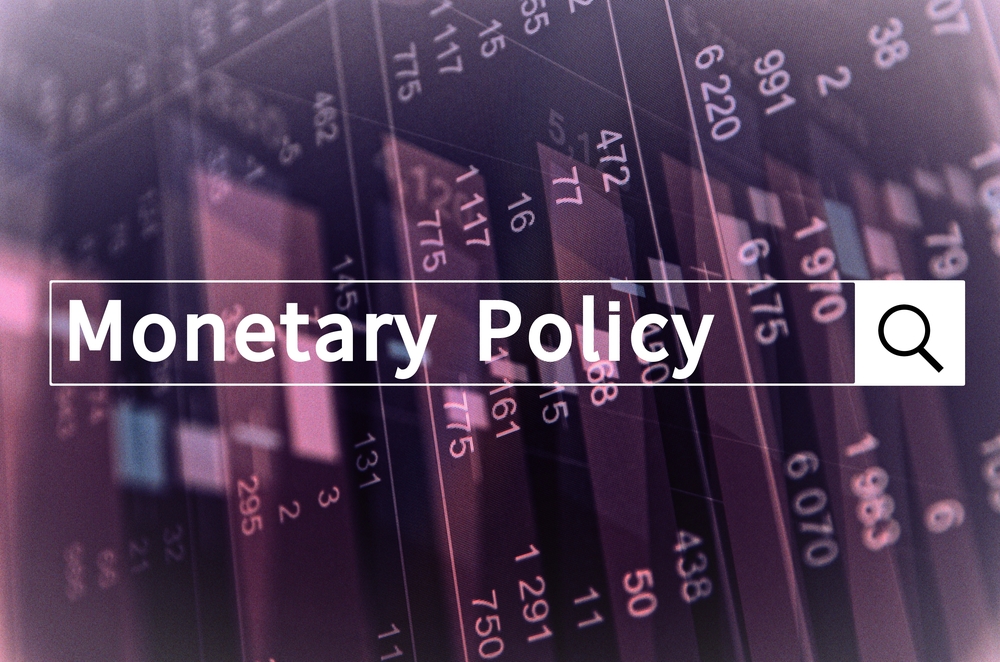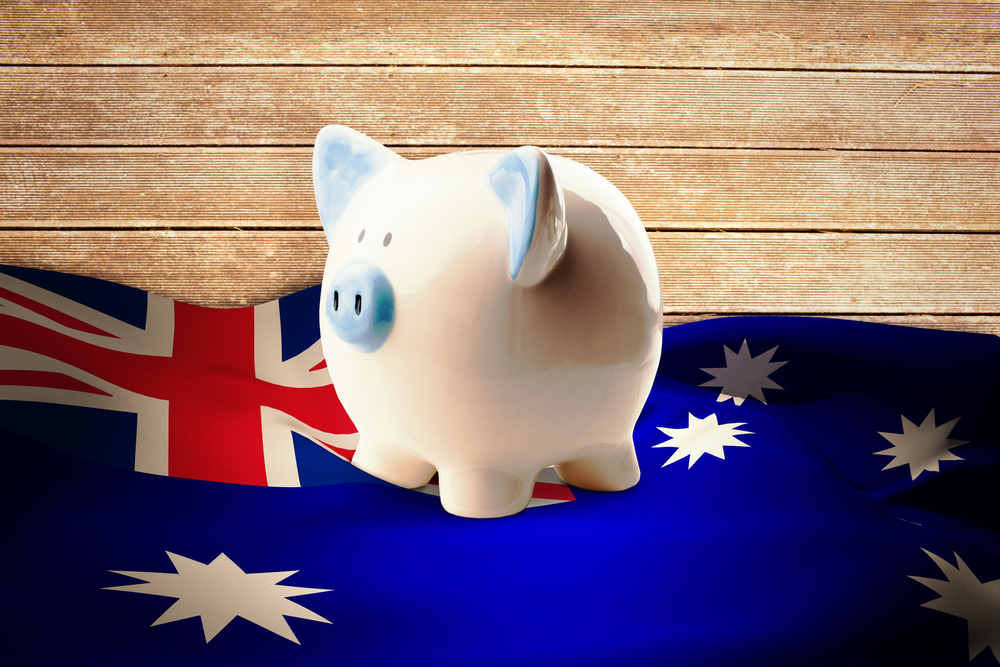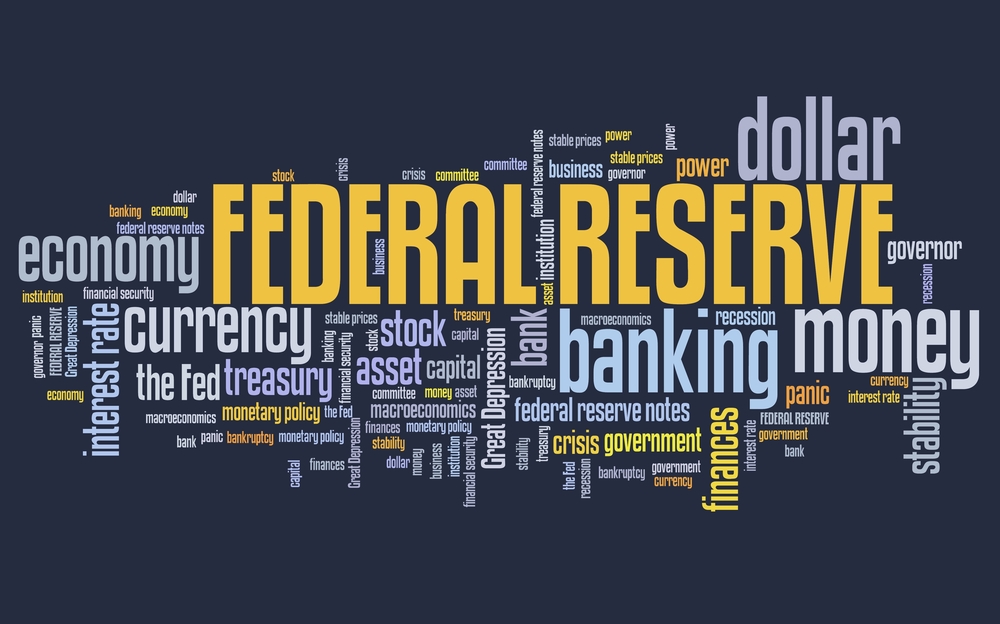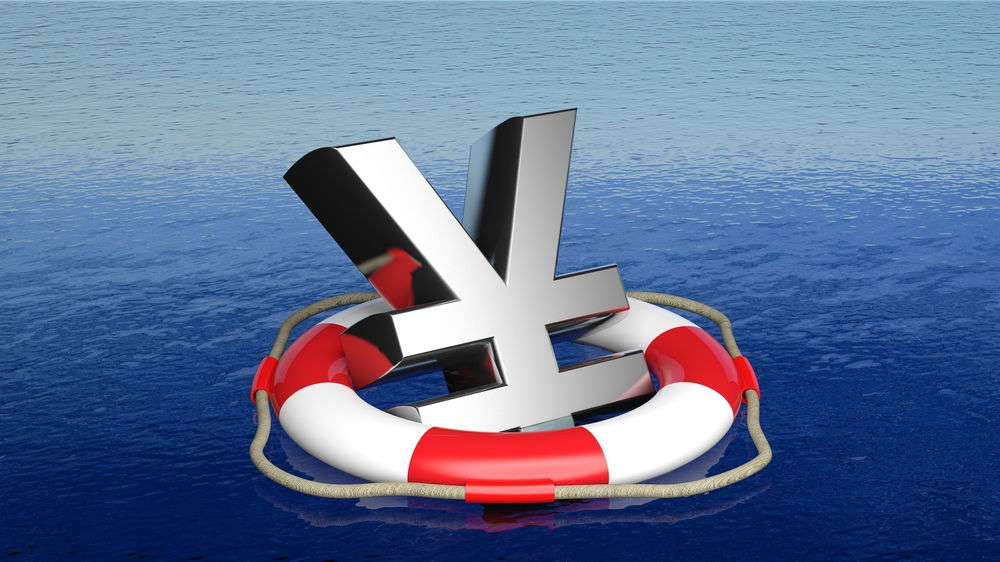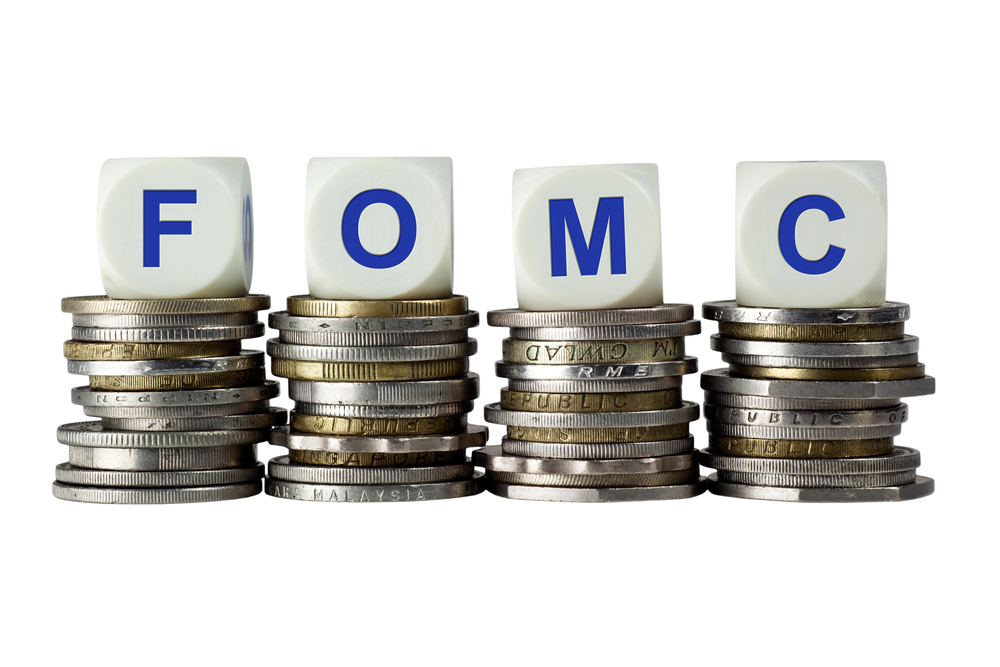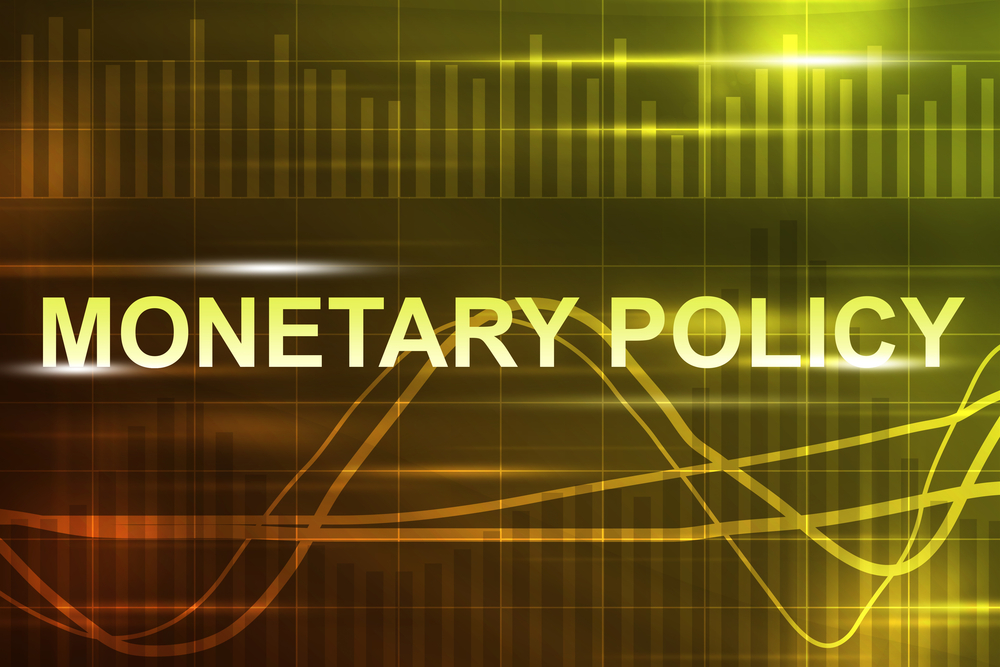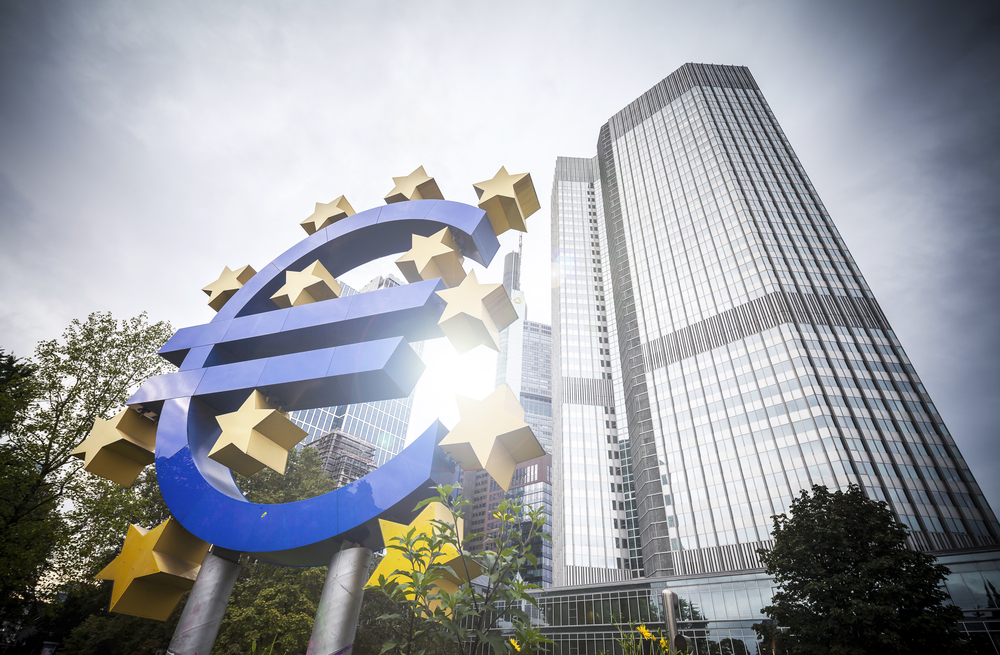Seeking and Getting Approvals, Draghi and the ECB Move Ahead
Draghi delivered. He managed to get approval for everything. Rate cuts, acceleration of purchases, including corporate bonds to the purchase program and new long-term repos were announced. The knee-jerk reaction was favorable. The euro fell over 1% and peripheral European...
Wrap Up: Fed and RBA Central Bank Minutes
The RBA minutes were not what I would call a riveting read. It almost verbatim confirms what was announced in the statement of monetary policy. Last month’s the unemployment rate dropped (although January’s monthly figures show a surprise bump, for...
From Negative Rates to Positive Growth?
The Bank of Japan (BoJ) started quantitative and qualitative monetary easing (QQE) in 2013, committing to achieve 2 percent inflation in two years. Since then, almost three years have passed. However, the target has not been achieved, and it is...
Outnumbered by Unorthodox Monetary Policies
In response to the global crisis, central banks have adopted unorthodox policies. They expanded their balance sheets and broken the zero bound of interest rates. Many investors have been critical of the central bank action on principle, but what has...
What if Paying Someone to Borrow Money Doesn’t Work?
This winter has been relatively mild in Japan, but at least in financial markets, it is sub-zero. Governor Haruhiko Kuroda of the Bank of Japan (BoJ) announced on 29 January that the BoJ would apply a negative interest rate of...
When did Negative Interest Rates become a Thing?
In many ways, the world has turned upside down. It is not just central banks that have set policy rates below zero, but the entire German curve out through eight years have negative yields. Japan, which has the largest debt...
RBA: We May, or May Not, Cut Rates
The Reserve Bank of Australia left the benchmark cash rate at 2.0% on Tuesday, summarising the thinking as follows: “At today’s meeting, the Board judged that there were reasonable prospects for continued growth in the economy, with inflation close to...
Are Japan’s Negative Rates Different?
The Bank of Japan surprised investors last week by introducing negative interest rates. At the World Economic Forum in Davos a couple weeks ago, BOJ Governor Kuroda appeared to deny that such a move was under consideration. The market's focus,...
The BOJ Goes Negative (Rates) on Excess Reserves
The Bank of Japan surprised the market. It did not expand its asset purchase plan, which was the focus of many market participants, including ourselves. Instead, following a rash of disappointing data, the BOJ introduced negative interest rates on some...
The FOMC Makes Us Wait Until Next Time
The Federal Reserve tweaked its economic assessment, but generally kept the underlying message the same. It sees slack in the labor market continuing to be absorbed and believes the economic conditions warrant a gradual increase in rates. The market was...
Perpetual Quantitative Easing is Likely not the Answer for Japan
According to conventional economic theory, the monetisation of government debt is a recipe for fiscal profligacy and hyperinflation. It should be the last thing to which any credible central bank turns its hand. However, this is precisely what the Bank...
Managing Policy and Maintaining Credibility
For at least a couple of years before the Great Financial Crisis, policymakers often cautioned that investors were mispricing risk. Through the crisis, investors became painfully aware of many risks, including counterparty risk and reputation risk. Now many observers are...
Embracing the Phillips Curve
The US dollar is broadly mixed as attention turns to the FOMC statement later today. The most important development has been the unexpectedly large oil inventory build reported by the API ahead of today's government estimate. The 11.4 mln barrel...
Three Central Banks Meet This Week, with Very Different Agendas
Whatever force had gripped the global capital markets since the start of the year has been broken. This simple characterization is rich. It is not clear if, or what, macroeconomic considerations were driving the markets. The markets had taken the...
Meeting the Mandate Still a Priority for Draghi
ECB President Draghi has sent the euro back down into the lower end of the recent range as he gave a strong signal that additional action could come as early as March, the next meeting. The euro had approached the...

